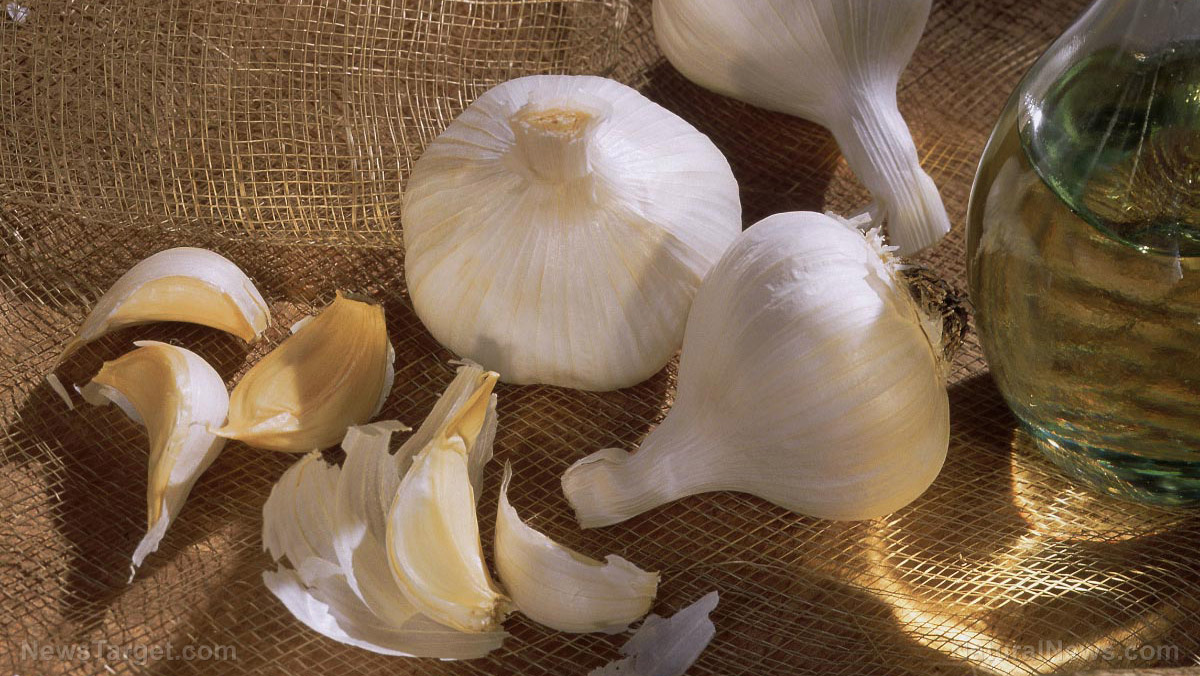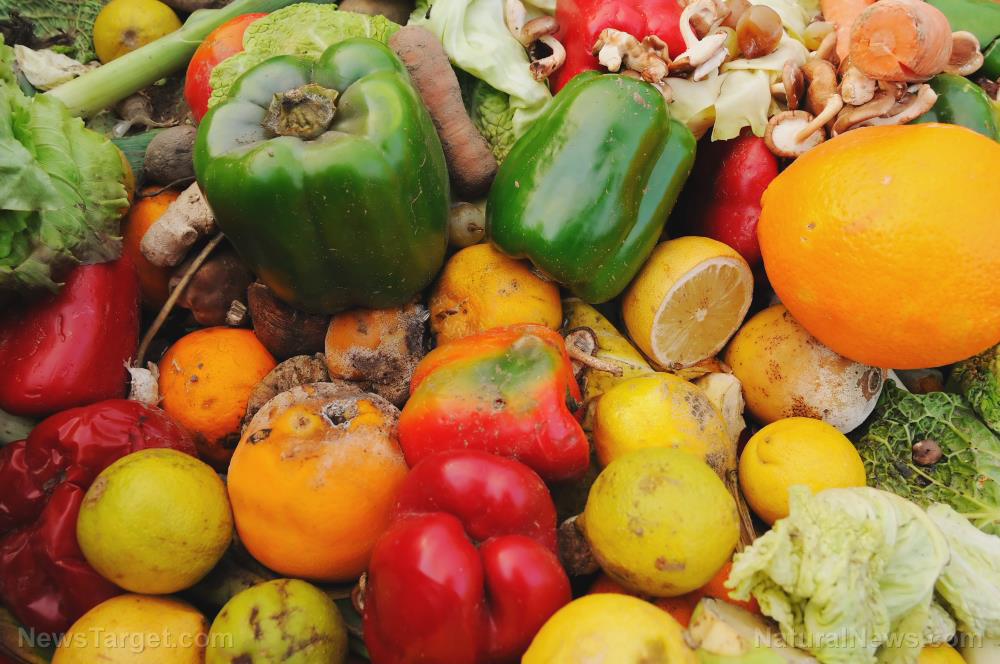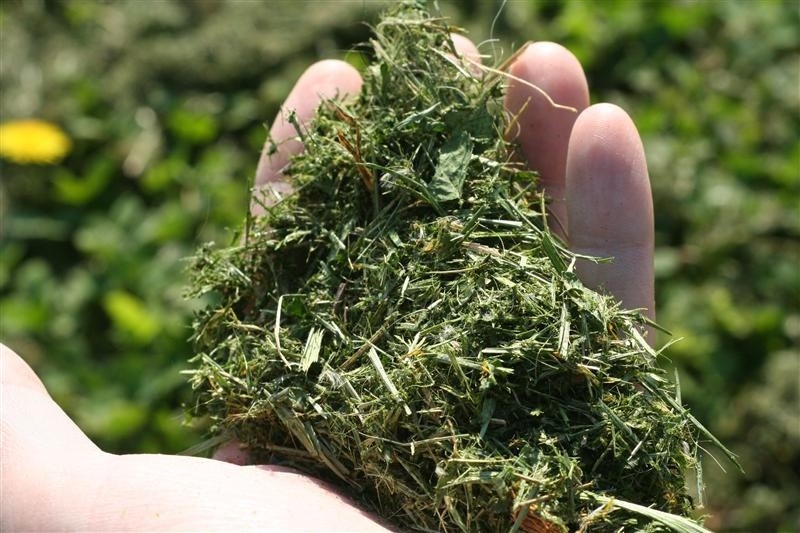Natural painkillers you should have on hand in case SHTF
11/09/2018 / By Ellaine Castillo

In a SHTF situation, it is important to avoid things that could cause injuries or diseases since these could significantly diminish your chances of survival. Although most health problems are not immediately fatal, they are often accompanied by pain, which adds to the pile of things that you should worry about. Without proper care and attention, pain can become unbearable and disabling faster than its underlying cause. Fortunately, there are many natural products that can be easily accessed and utilized as pain relievers even in the absence of professional medical attention. (h/t to BioPrepper.com)
Plants are widely utilized as natural remedies for different diseases. However, not all natural products are beneficial to you. There are some that are actually harmful, especially when ingested since they could attack your body from the inside. It is important that you know the plants that are safe for use to avoid harming the body with naturally occurring toxins, such as arsenic.
Some of the most commonly utilized natural painkillers include:
- Clove oil — Based on studies, the ability of clove oil to alleviate pain is comparable to the conventional anesthetic benzocaine. People commonly used this product to treat toothaches, as well as skin itching and burning due to dryness or poisoning. Clove oil contains eugenol, a bioactive compound that can numb the pain and reduce inflammation on the affected area. Clove oil can be directly applied or it can also be made into a gel first.
- Cayenne pepper — Many people enjoy cayenne peppers because of their flavor, but there’s much more to them than that. They contain capsaicin, which stimulates the rapid release of Substance P. This compound is involved in transmitting pain signals to the brain, and since there is only a limited amount of it, the source soon becomes depleted. This causes the pain threshold to increase so that the same amount of stimuli from before won’t cause the same level of pain. Moreover, cayenne peppers contain salicylates that are also found in aspirin. To use cayenne pepper, mix it with coconut oil to form a gel or cream that can be applied directly on the skin. Don’t worry if it feels hot at first since this signals the flooding of Substance P, which precedes relief.
- Lavender — Many people are familiar with lavender because of its pretty purple flowers. Aside from this, it is widely used for killing bacteria, inducing a state of calmness, and alleviating pain. It is highly recommended for treating wounds because it doesn’t just relieve pain, it also prevents scarring and bleeding. Use lavender as a salve and rub it all over the affected area, which can also include sore muscles and joints.
- Wintergreen — Although wintergreen is not as effective as the others, it makes up for this by being widely accessible since it is very easy to grow. Many people use this as a natural remedy for headaches, toothaches, and musculoskeletal pain. Similar to cayenne pepper, wintergreen also contains methyl salicylate, which reduces pain. The most widely used form of this plant is as an essential oil, which is then topically applied to the affected area.
Many plants can serve as natural pain relievers – as long as you have these in your survival kit, you’ll have one less thing to worry about. (Related: Treating burns when SHTF: Natural ingredients for any survival scenario.)
Common causes of pain
Pain relief is an important part of survival since it is implicated in many common health problems. These may include:
- Headache
- Arthritis
- Stomachache
- Cramps
- Flu
- Irritable bowel syndrome
Learn of more plants that are good to include in your survival kit by visiting Preparedness.news.
Sources include:
Tagged Under: alternative medicine, bug out, capsaicin, cayenne pepper, chronic pain, Clove Oil, emergency kit, eugenol, Herbs, inflammation, injuries, Lavender, natural painkillers, off grid, pain, pain relief, preparedness, prepper, prepping, remedies, salicylates, SHTF, survival, survival kit, topical treatments, Wintergreen, wounds


















